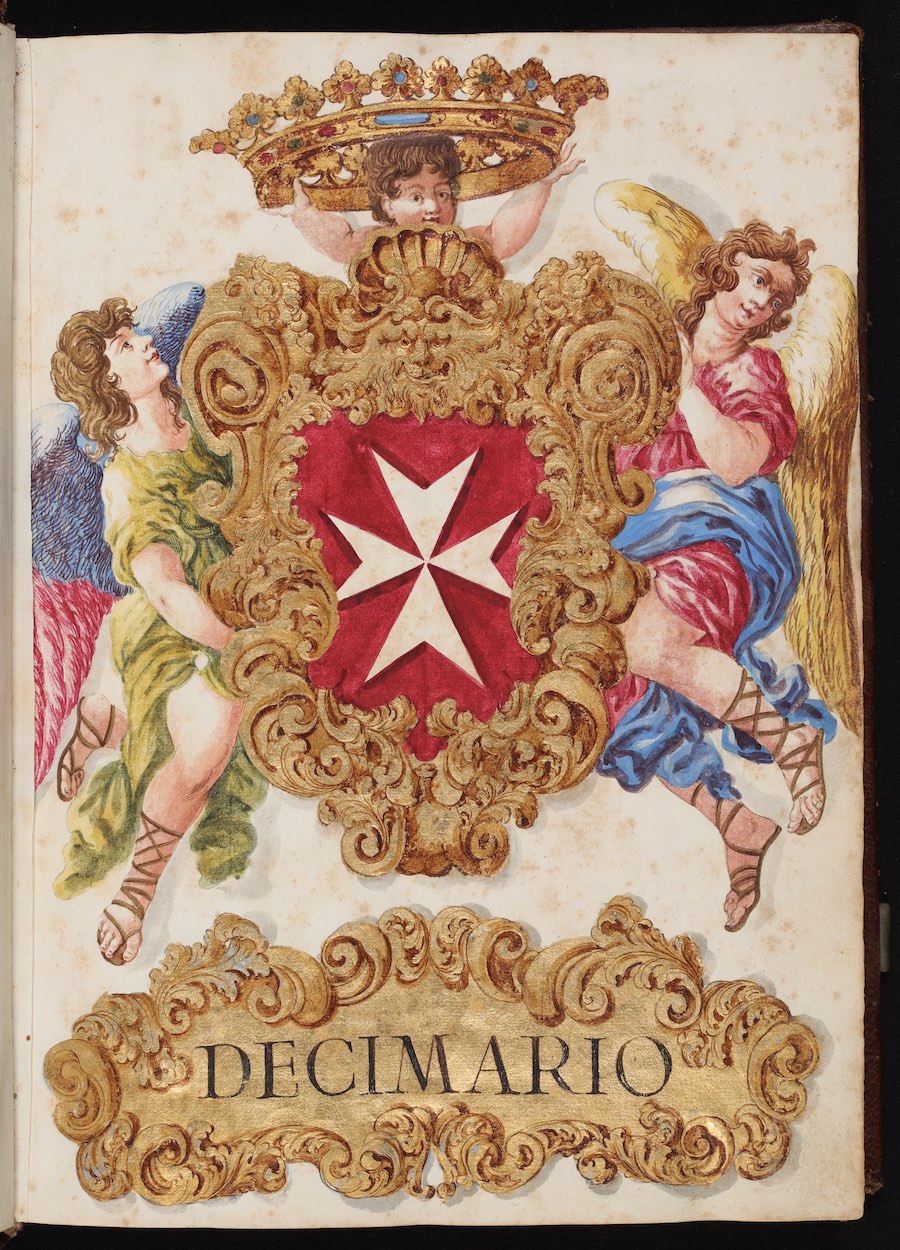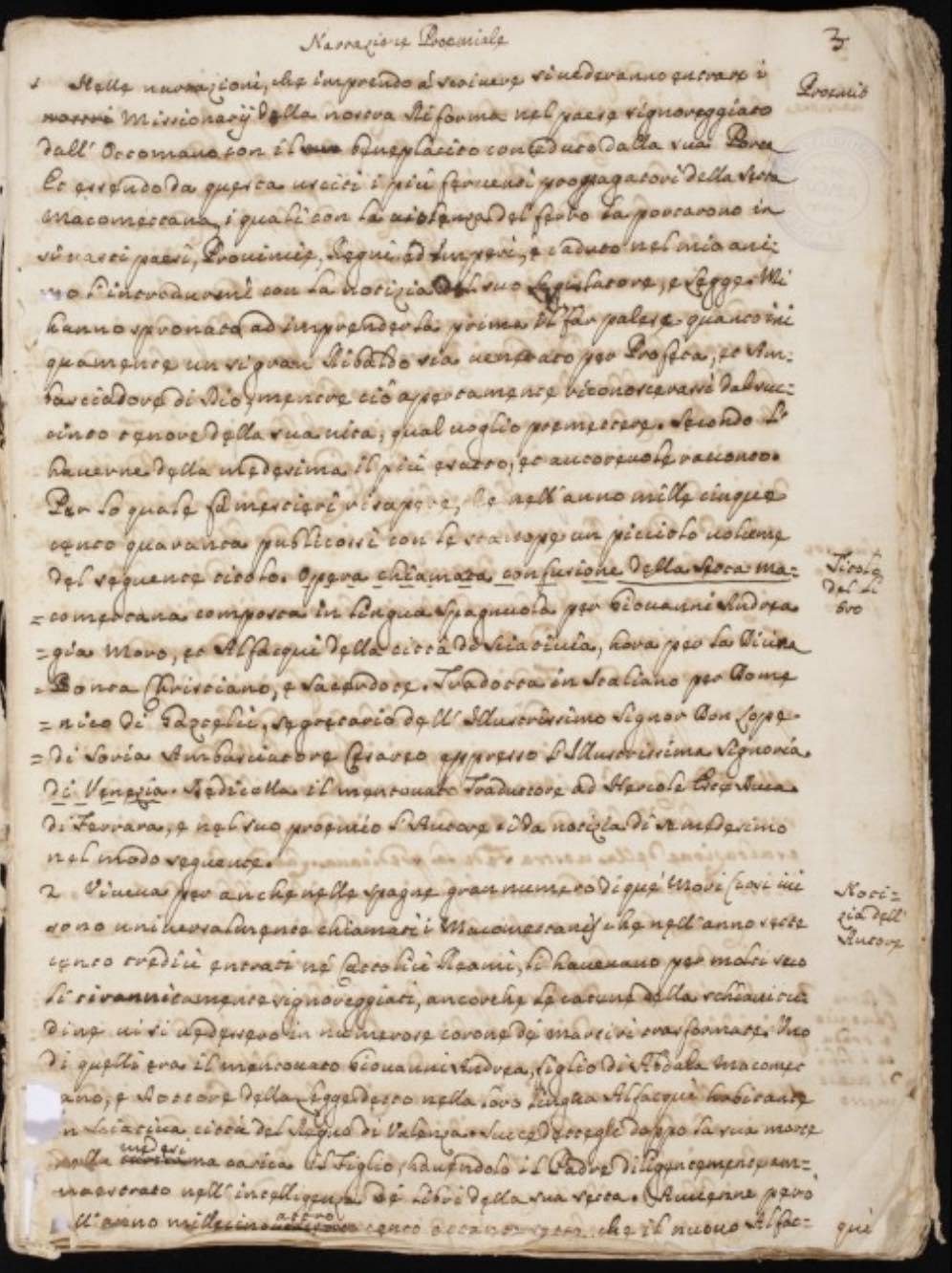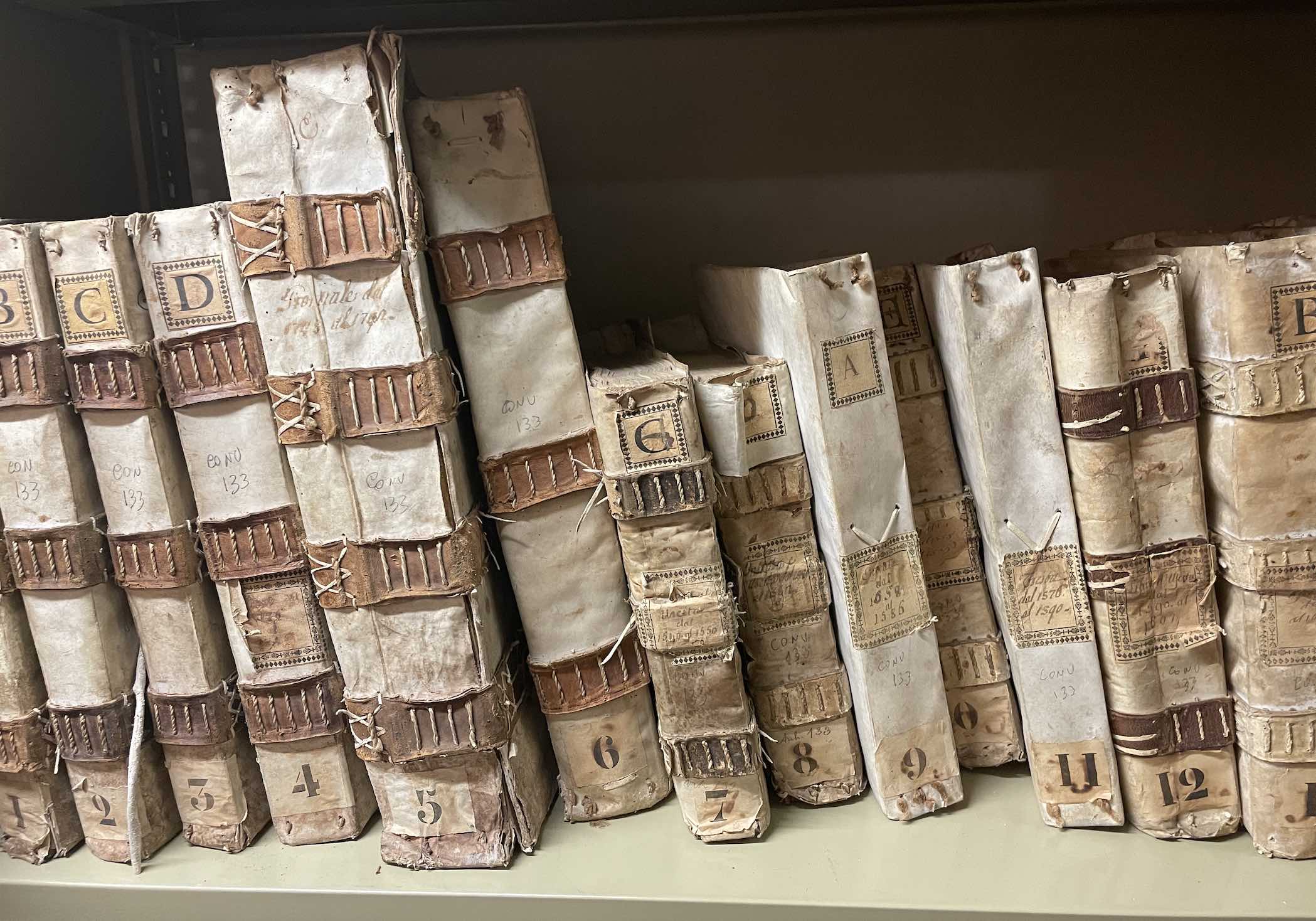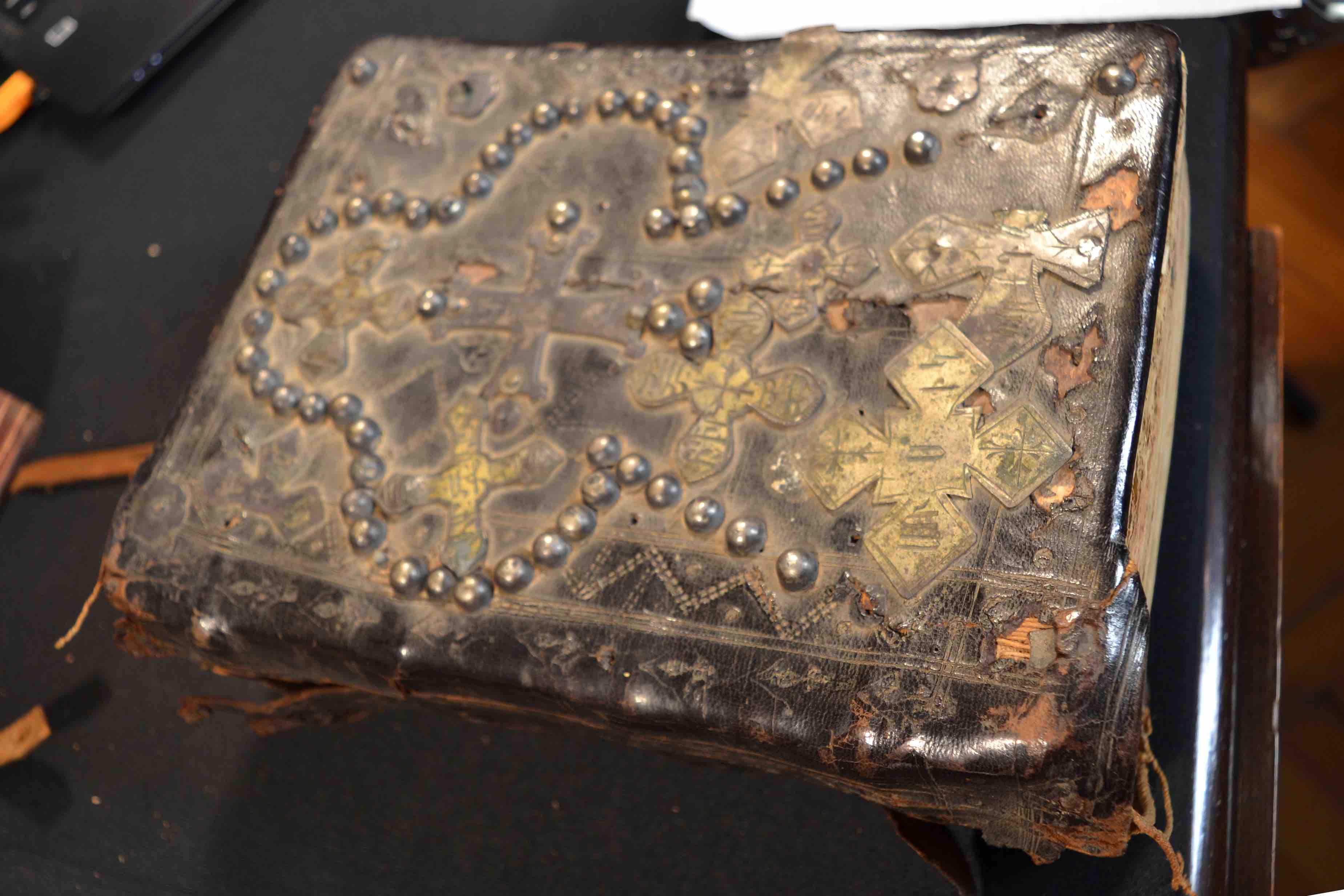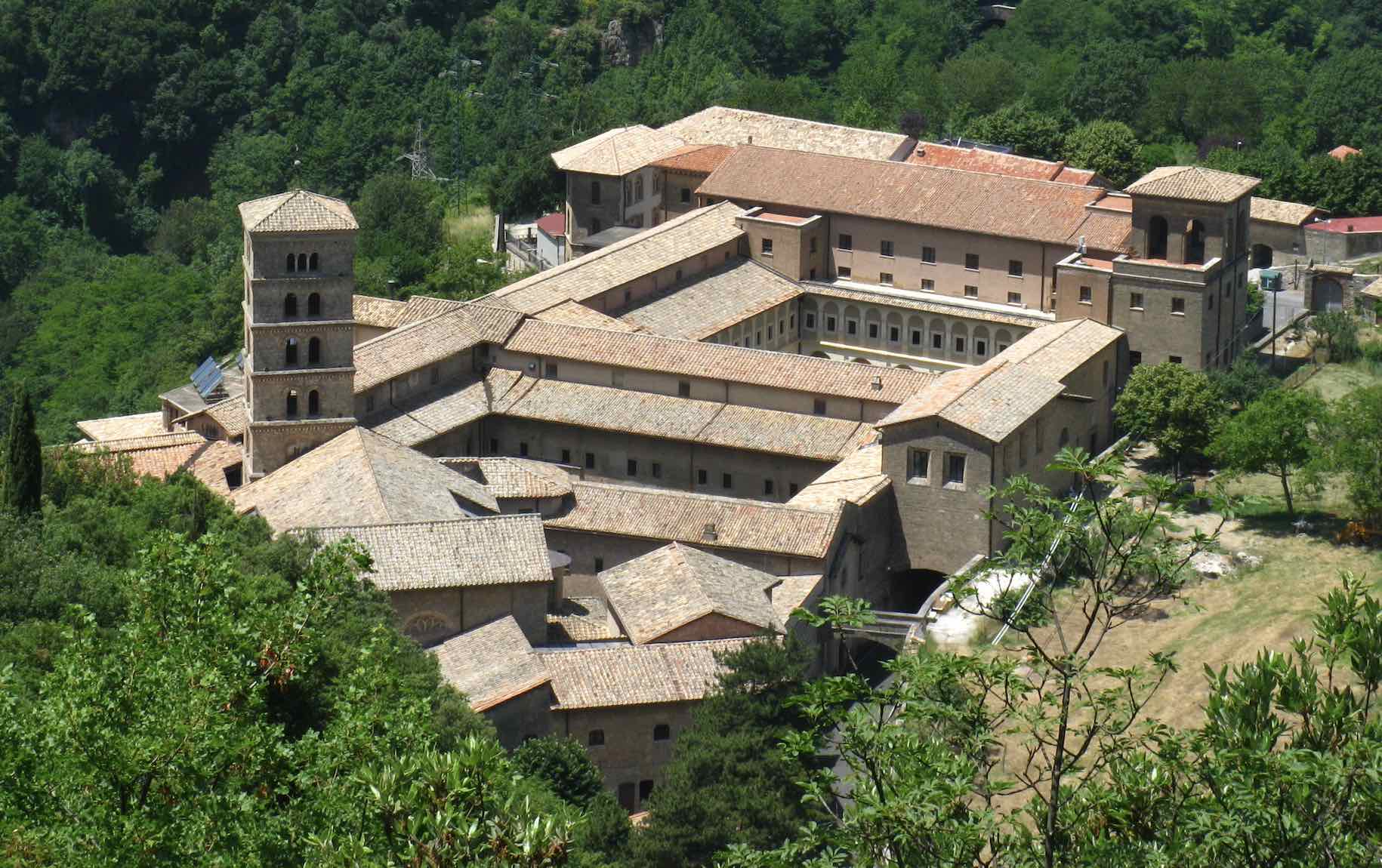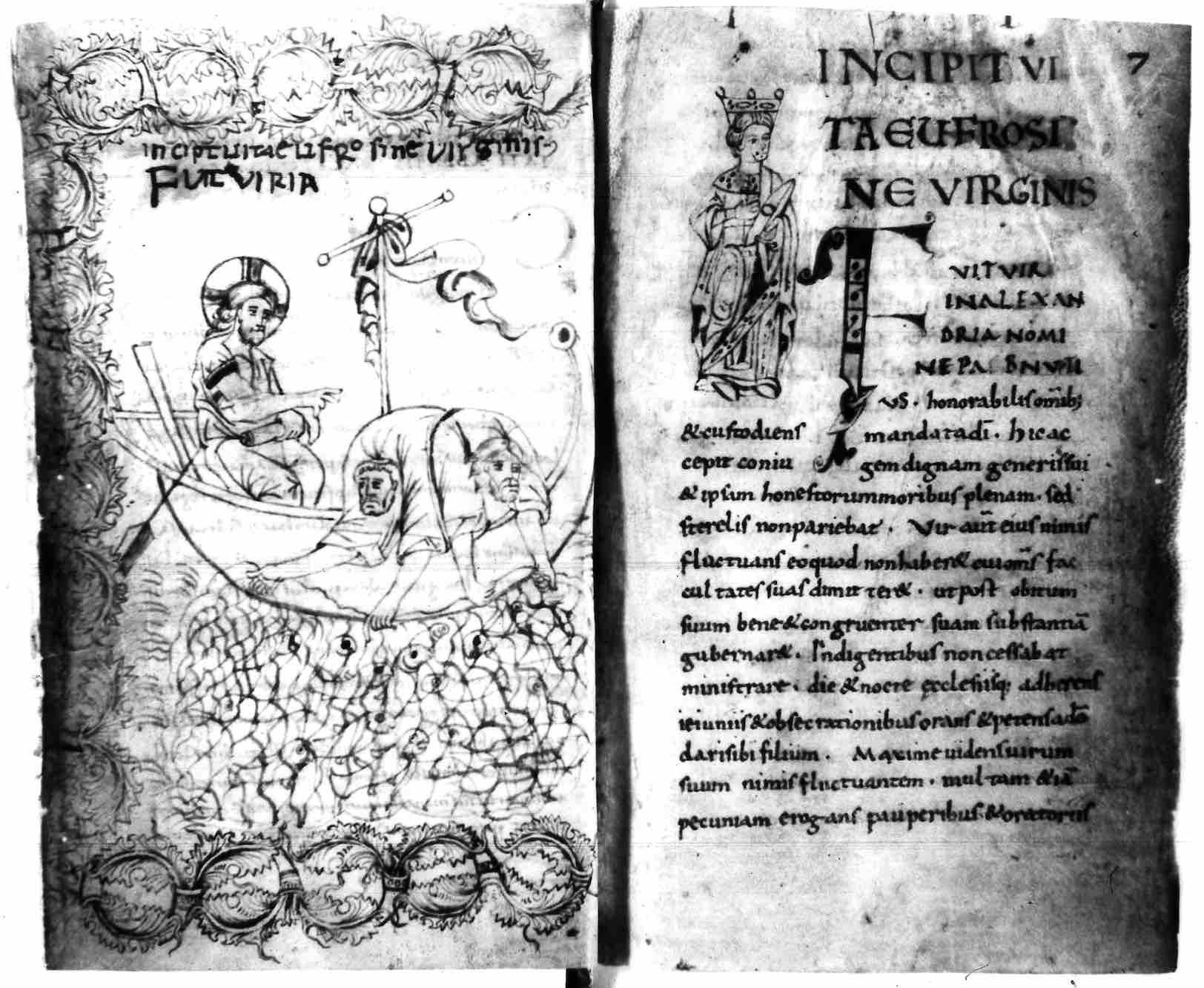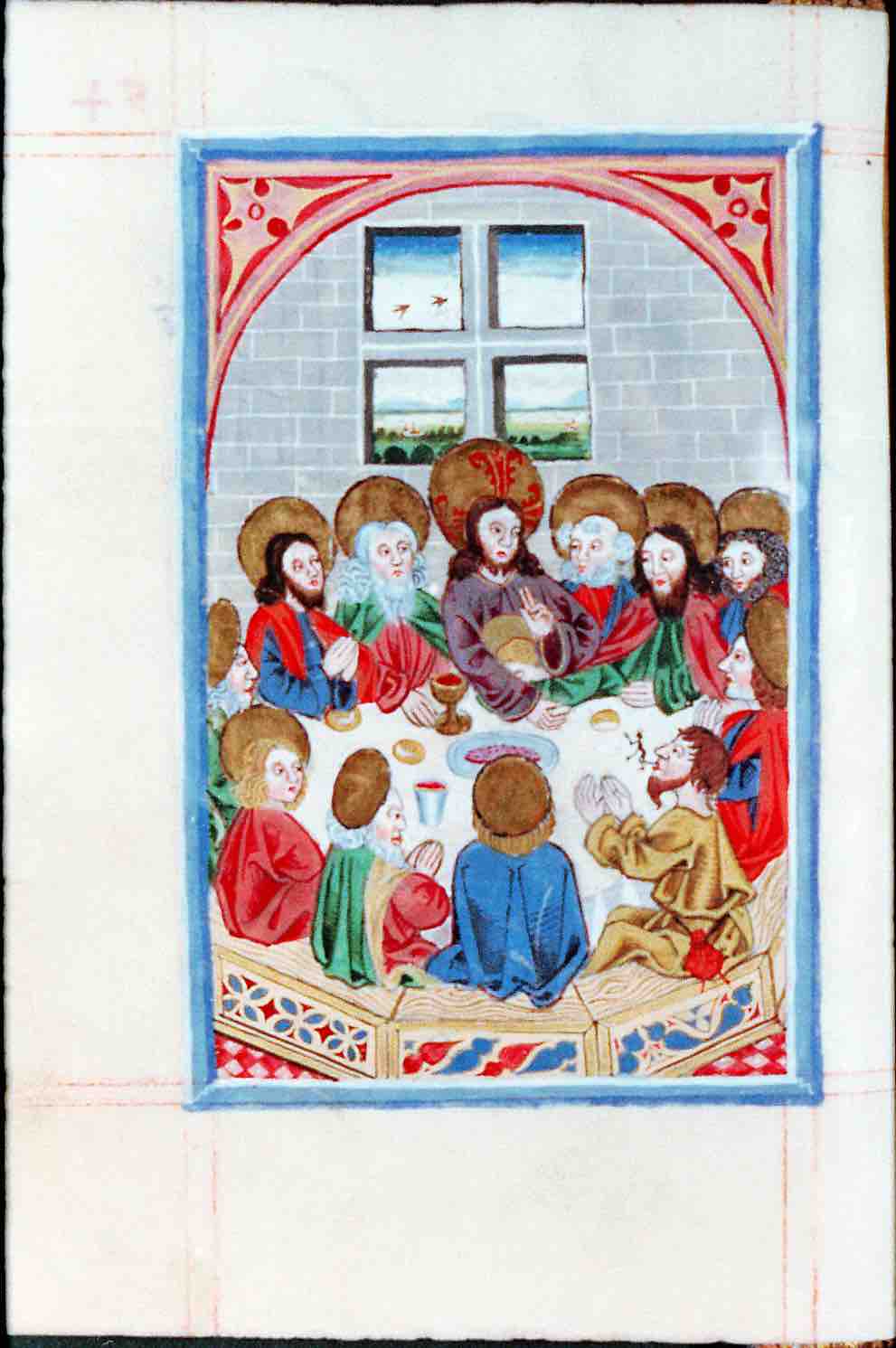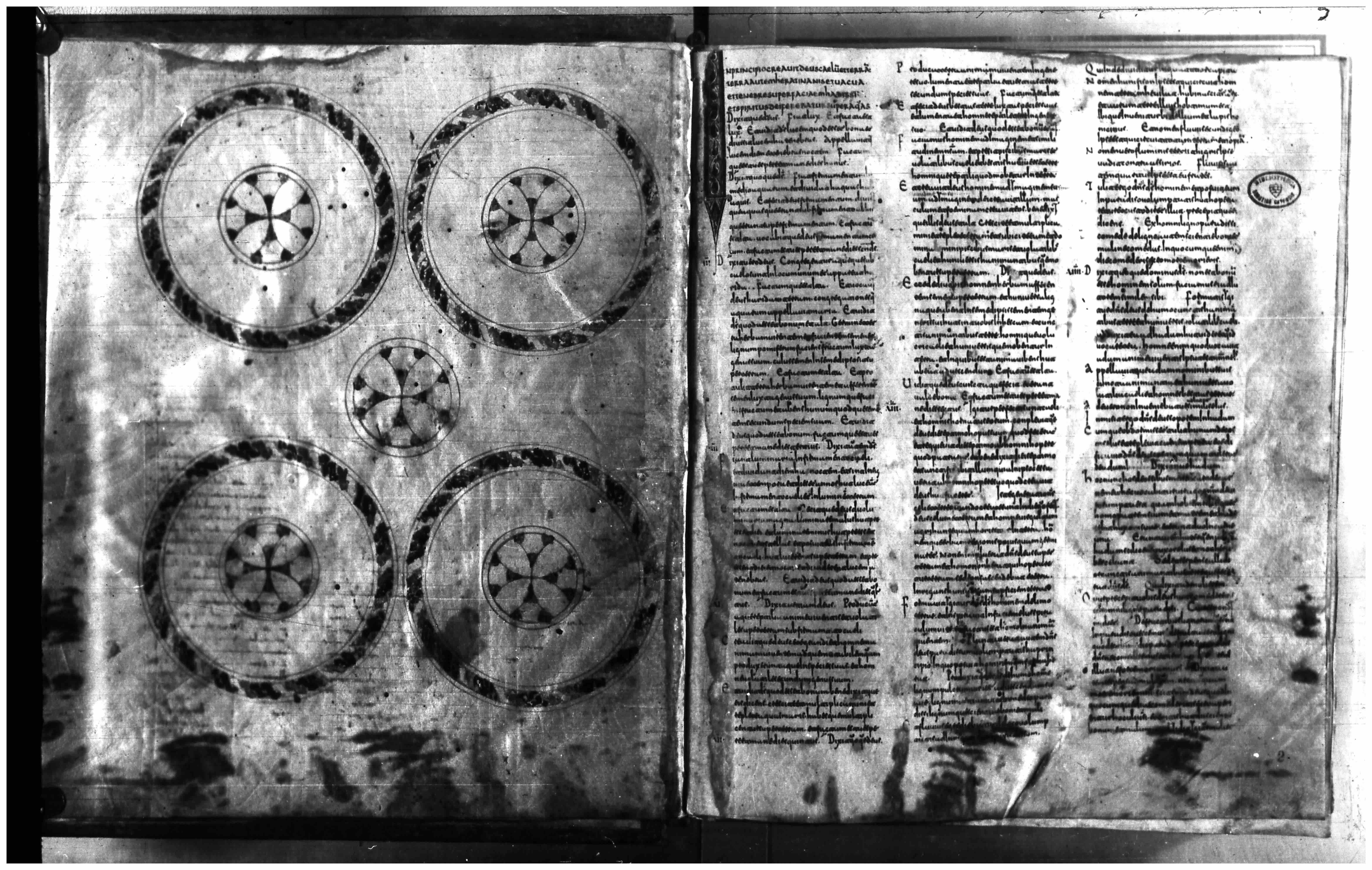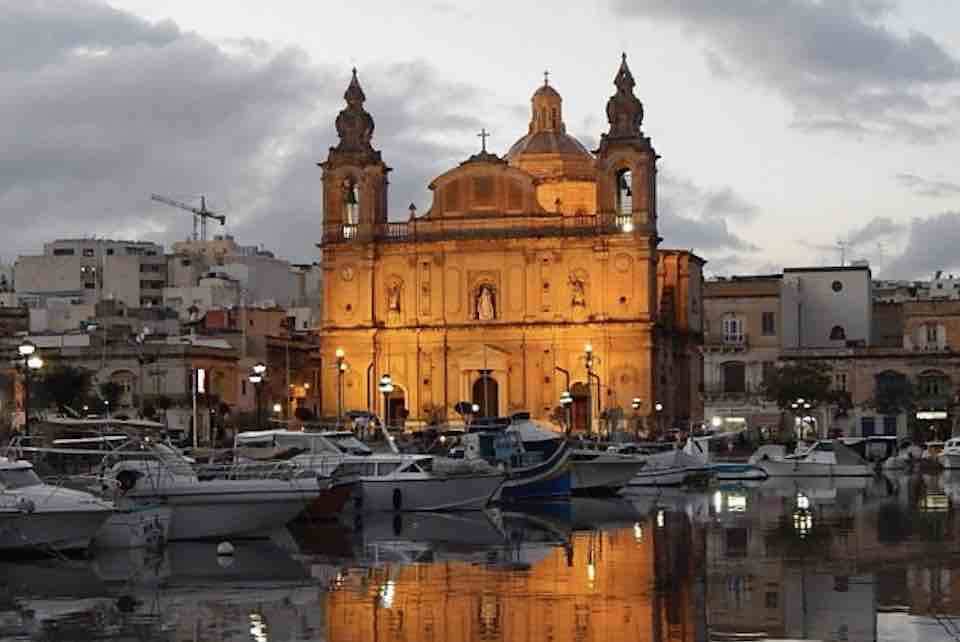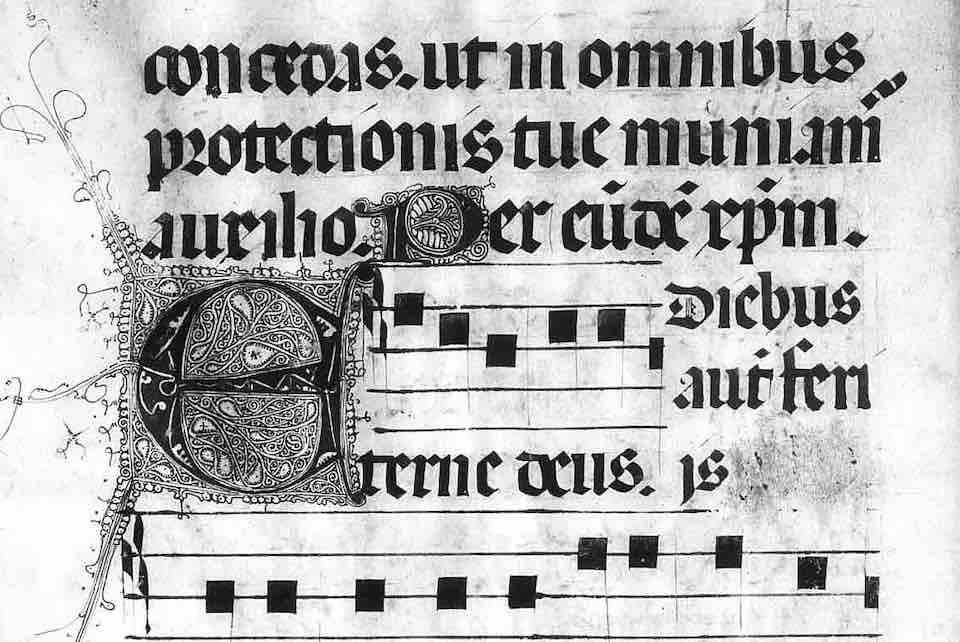HMML Global Operations: Italy
Italy
-
Region
Europe -
Country
Italy -
Cities
Florence, Rome, Subiaco, Cava de' Tirreni, Novacella -
Repositories
State Archives of Florence; Casa Buonarroti, Florence; Collegio Armeno, Rome; Monastery of Saint Scholastica, Subiaco; Abbey of the Holy Trinity of Cava; Chiesa di San Biagio della Pagnotta, Rome; Discalced Carmelites, Rome; Library of Neustift (Abbey of Augustinian canons). -
Languages
Latin, German, Italian, Armenian, Greek, French, Arabic, Hebrew, Spanish, and others -
Project Dates
1964–1965, 1973, 2019, 2022–present
HMML’s short history of microfilming projects in Italy preceded the initial work in Austria led by Father Oliver Kapsner, OSB. The Benedictine monastery of Santa Scolastica in Subiaco proved to be the largest project, with its collection of 308 manuscripts. Smaller partial projects were also completed in two other communities, the Augustinian Abbey of Novacella (Kloster Neustift), possessing a collection of 88 Latin manuscripts dating from the 12th to the 17th centuries, and the Abbey of La Santissima Trinità in Cava de’ Tirreni, whose manuscripts date back to the 9th century.
HMML began a new phase of work in Italy in 2019 with the digitization of 250 Armenian manuscripts at the Collegio Armeno, Rome. HMML's collaboration with the Zaydi Manuscript Tradition Project at the Institute for Advanced Study in Princeton, New Jersey, has led to the addition of dozens of Zaydi-tradition Islamic manuscripts from several Italian repositories to vHMML Reading Room.
In 2022, HMML began two projects: Florence/Venice Archives of the Order of Malta and the Archives of the Discalced Carmelites, Rome. The first project focuses on three of the original priories of the Langue of Italy: Pisa, Lombardy, and Venice. These records now exist in the State Archives of Florence and in part in the Archives of the Grand Priory of Lombardy and Venice. The Archives of the Discalced Carmelites, Rome (Phase One) project contain reports from Carmelites in Palestine, Lebanon, Syria, Mesopotamia, Goa and elsewhere and describes the missions and local conditions in these places just as Europeans were beginning to arrive for trade purposes.
